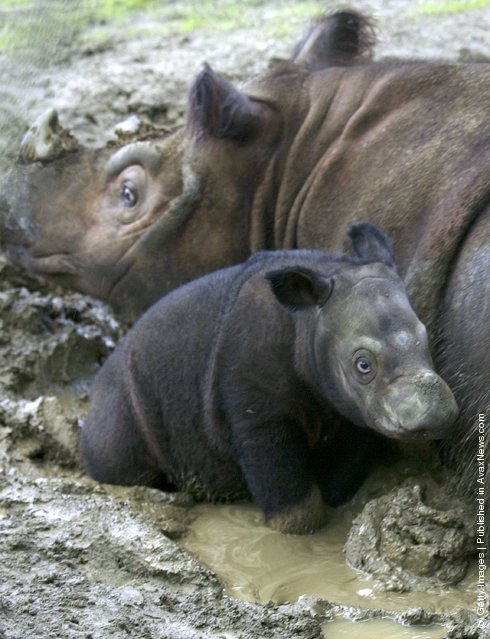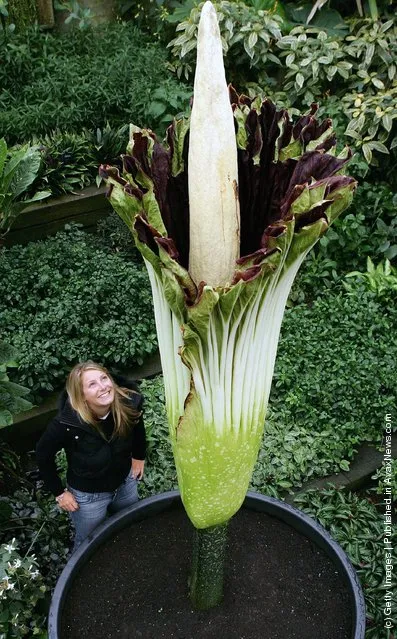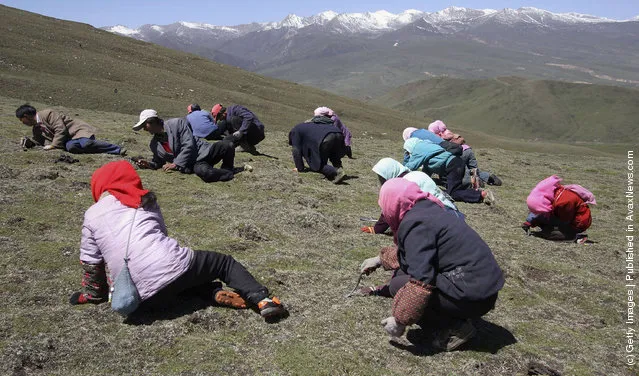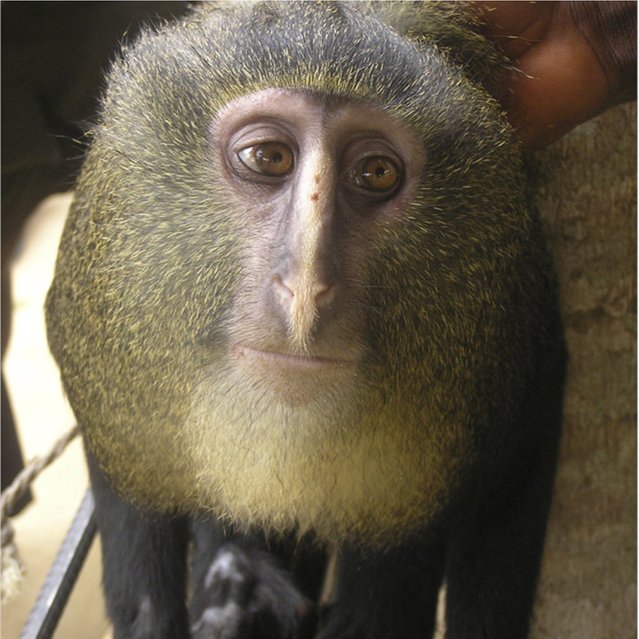
“Georgia is a sovereign state in the Caucasus region of Eurasia. Located at the crossroads of Western Asia and Eastern Europe, it is bounded to the west by the Black Sea, to the north by Russia, to the south by Turkey and Armenia, and to the southeast by Azerbaijan. The capital of Georgia is Tbilisi. Georgia covers a territory of 69,700 km², and its population is almost 4.7 million. Georgia is a unitary, semi-presidential republic, with the government elected through a representative democracy”. – Wikipedia
29 Apr 2013 15:52:00,post received
0 comments







